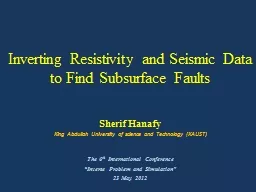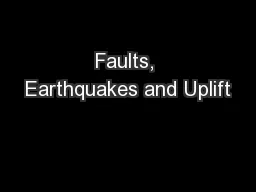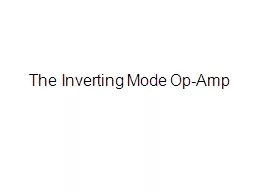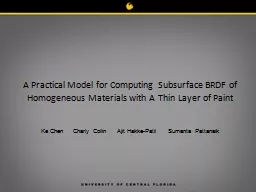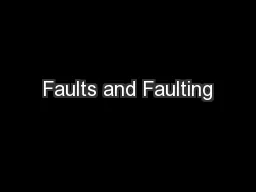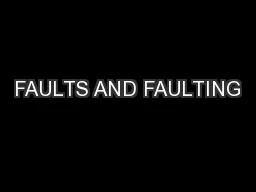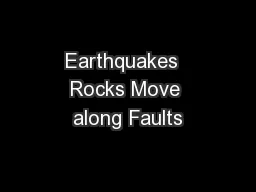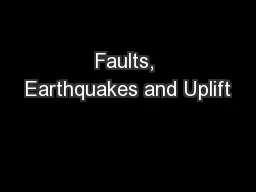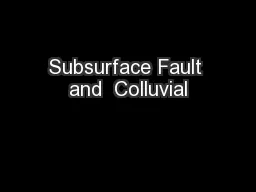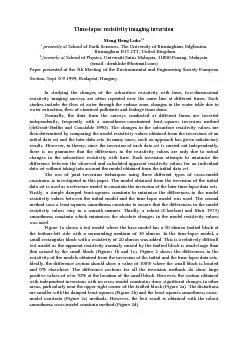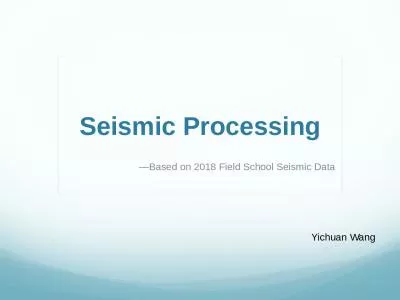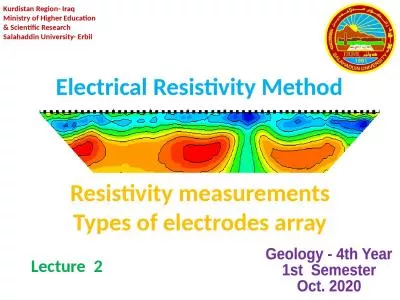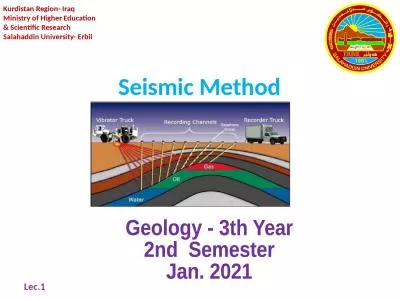PPT-Inverting Resistivity and Seismic Data to Find Subsurface Faults
Author : test | Published Date : 2020-01-29
Inverting Resistivity and Seismic Data to Find Subsurface Faults Sherif Hanafy King Abdullah University of science and Technology KAUST The 6 th International Conference
Presentation Embed Code
Download Presentation
Download Presentation The PPT/PDF document "Inverting Resistivity and Seismic Data t..." is the property of its rightful owner. Permission is granted to download and print the materials on this website for personal, non-commercial use only, and to display it on your personal computer provided you do not modify the materials and that you retain all copyright notices contained in the materials. By downloading content from our website, you accept the terms of this agreement.
Inverting Resistivity and Seismic Data to Find Subsurface Faults: Transcript
Download Rules Of Document
"Inverting Resistivity and Seismic Data to Find Subsurface Faults"The content belongs to its owner. You may download and print it for personal use, without modification, and keep all copyright notices. By downloading, you agree to these terms.
Related Documents

